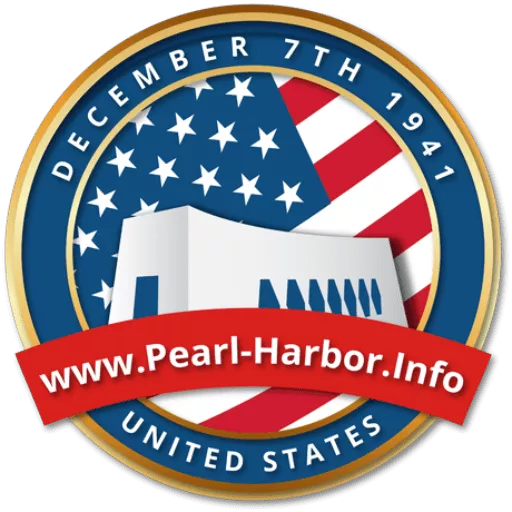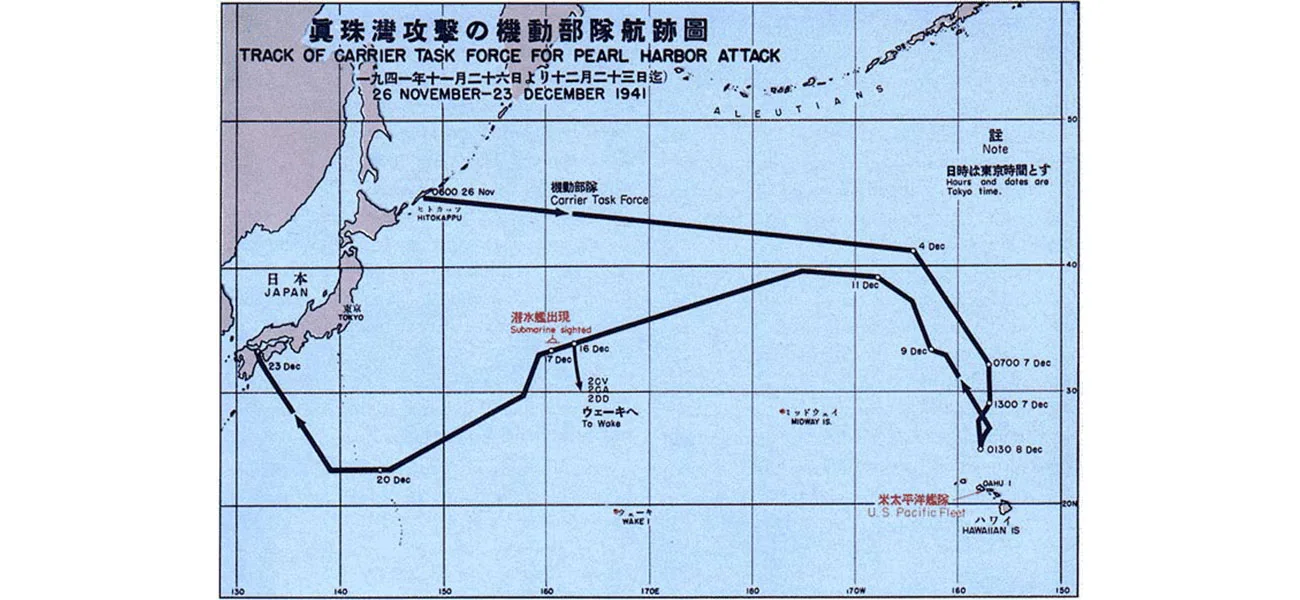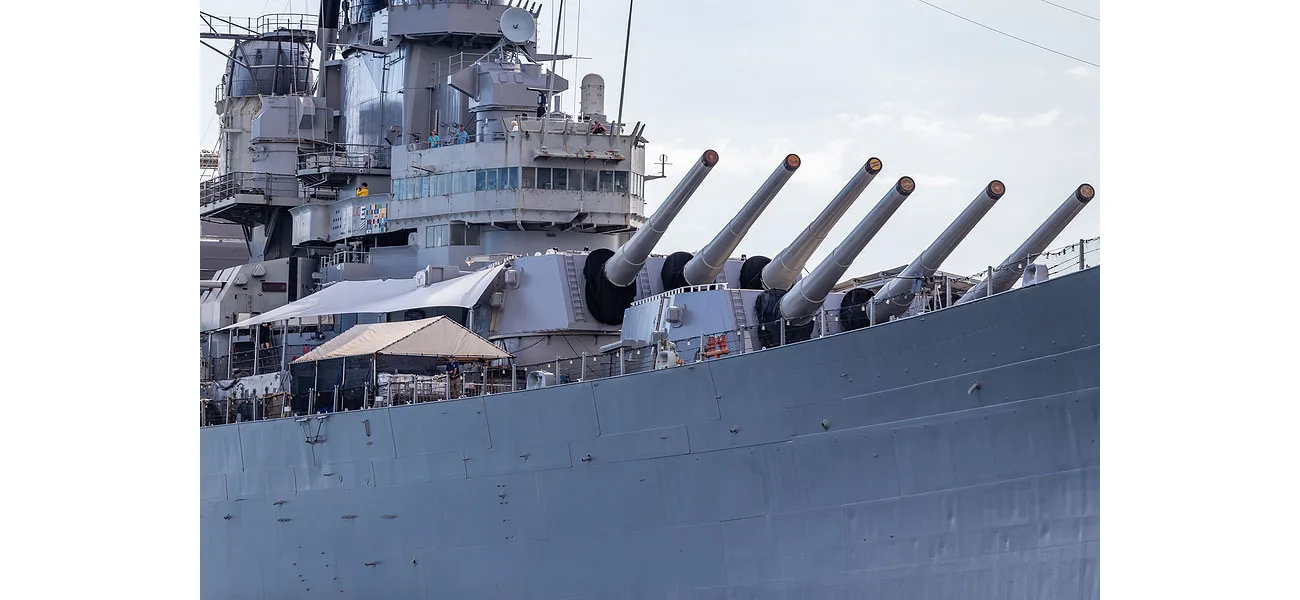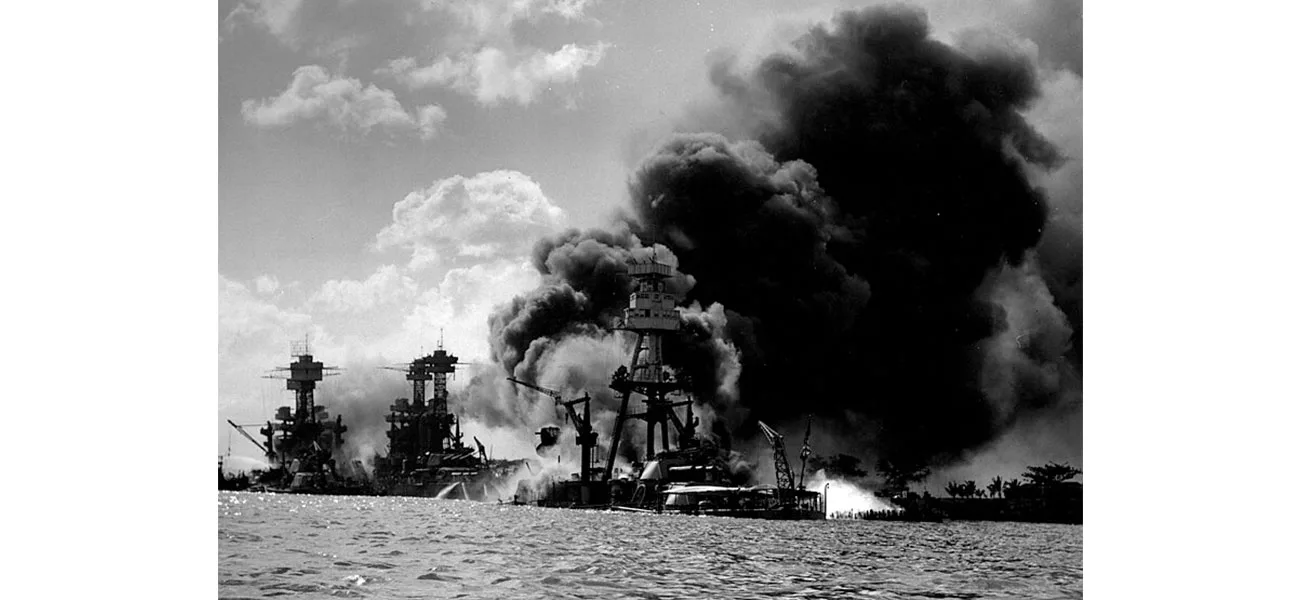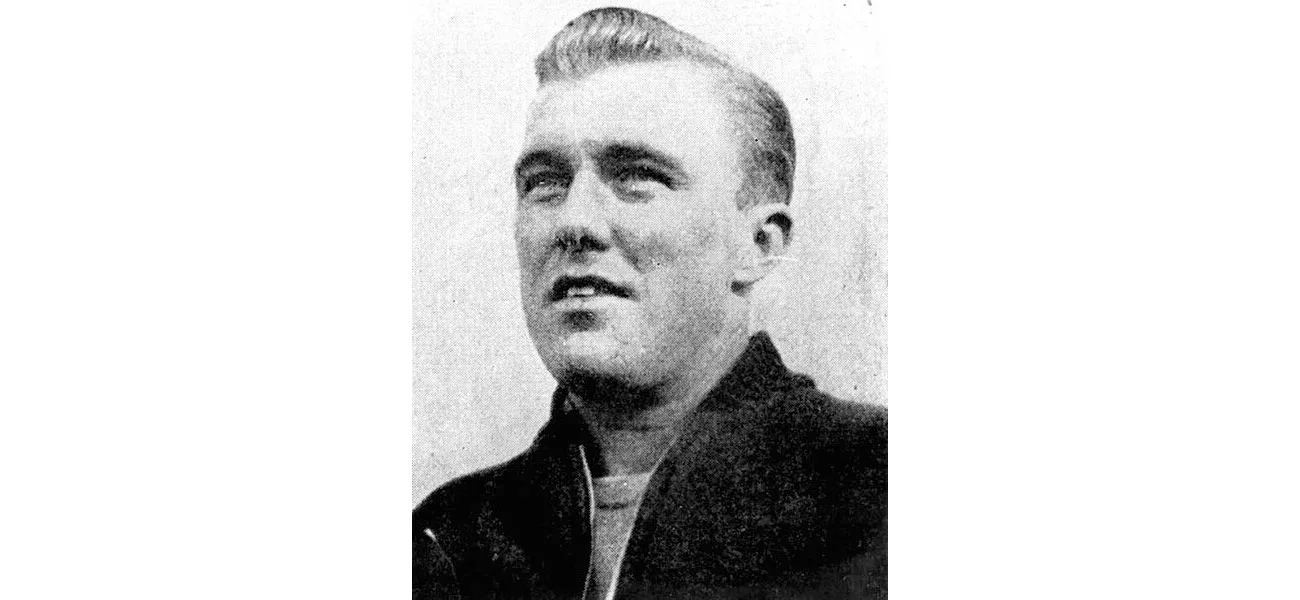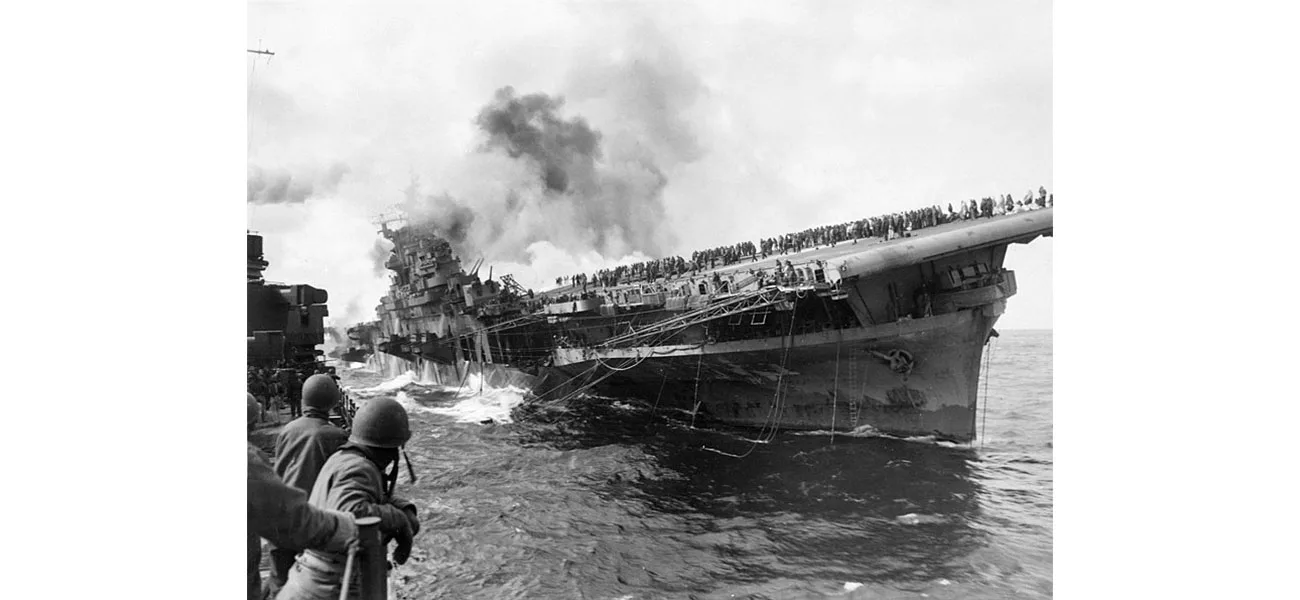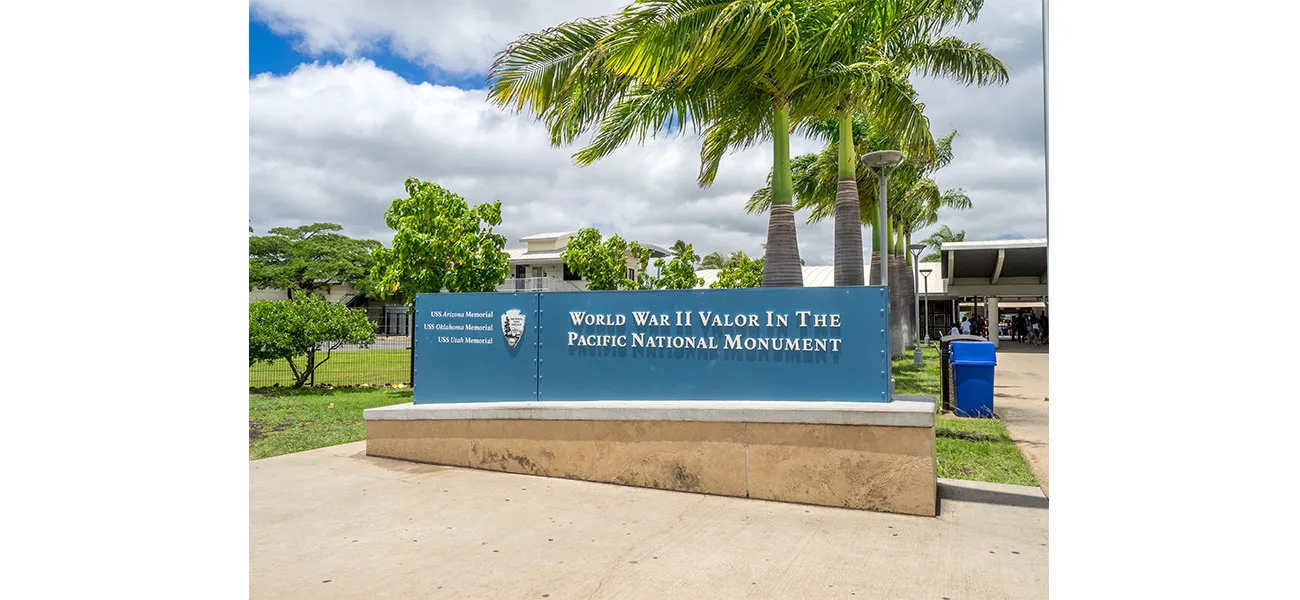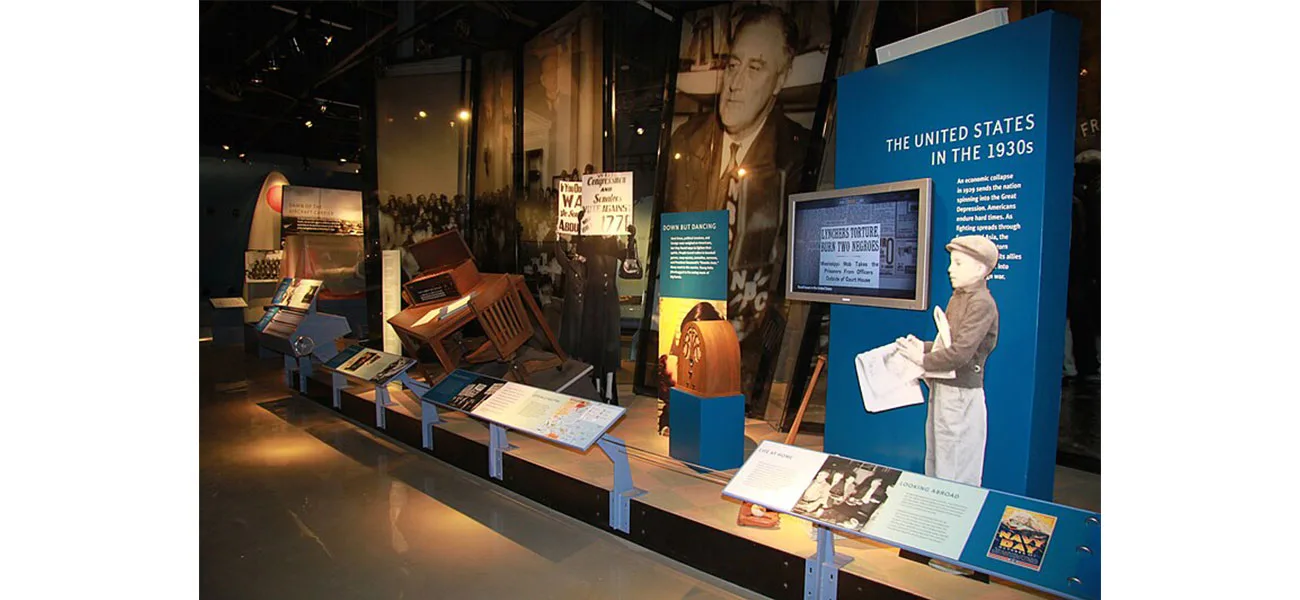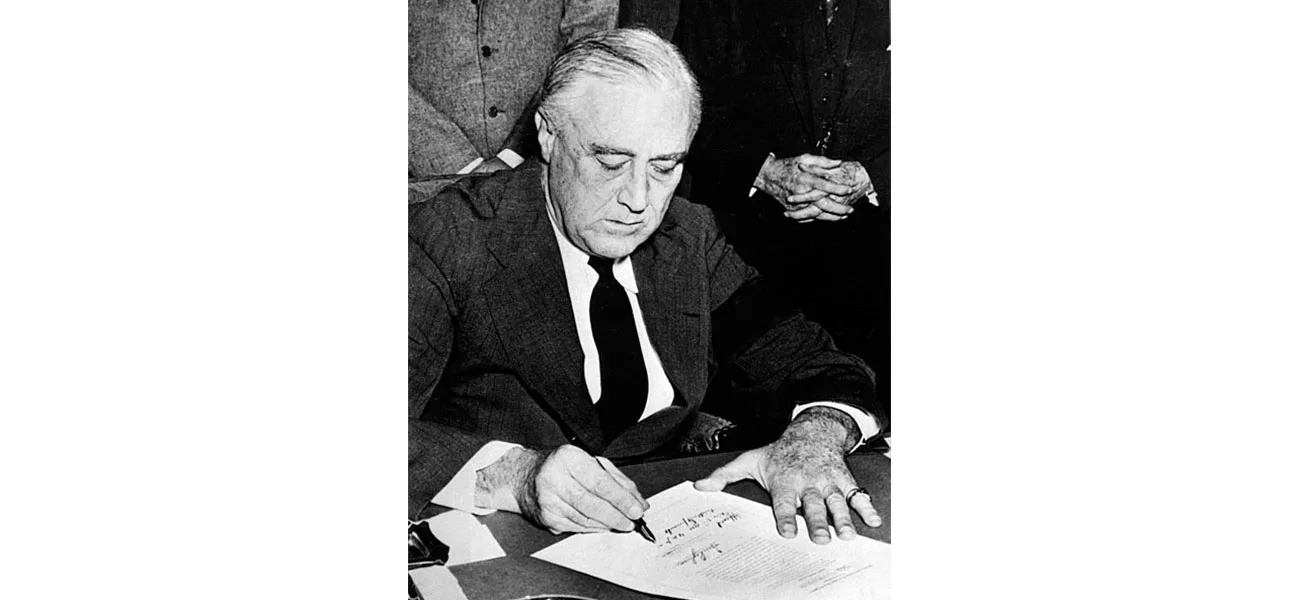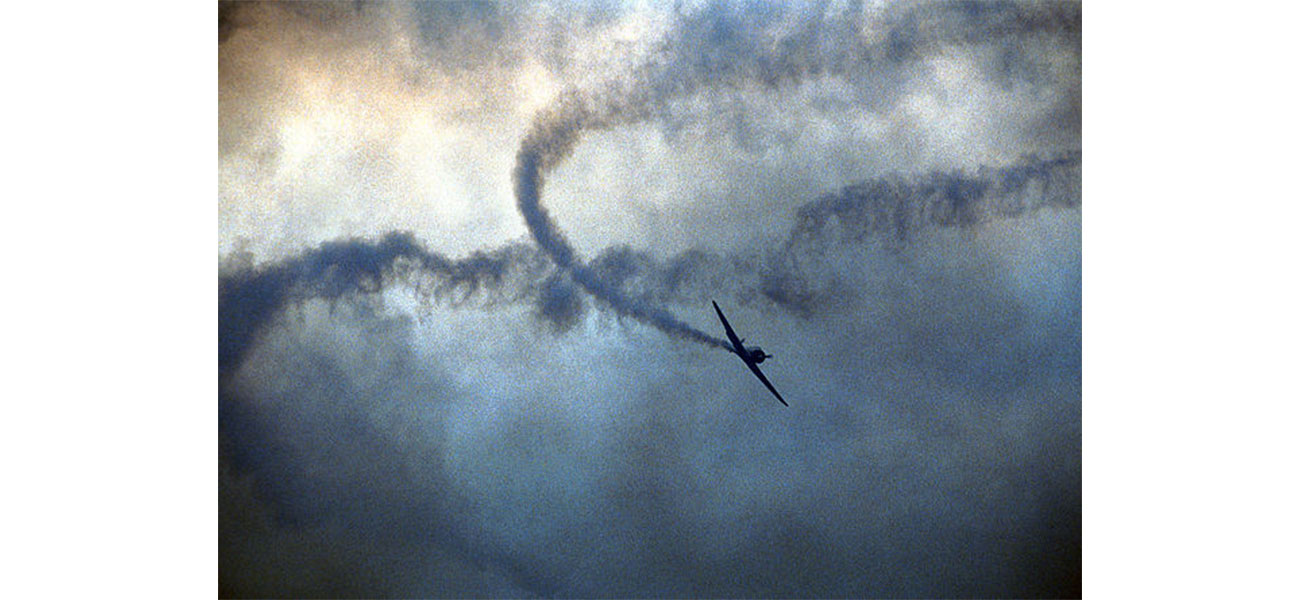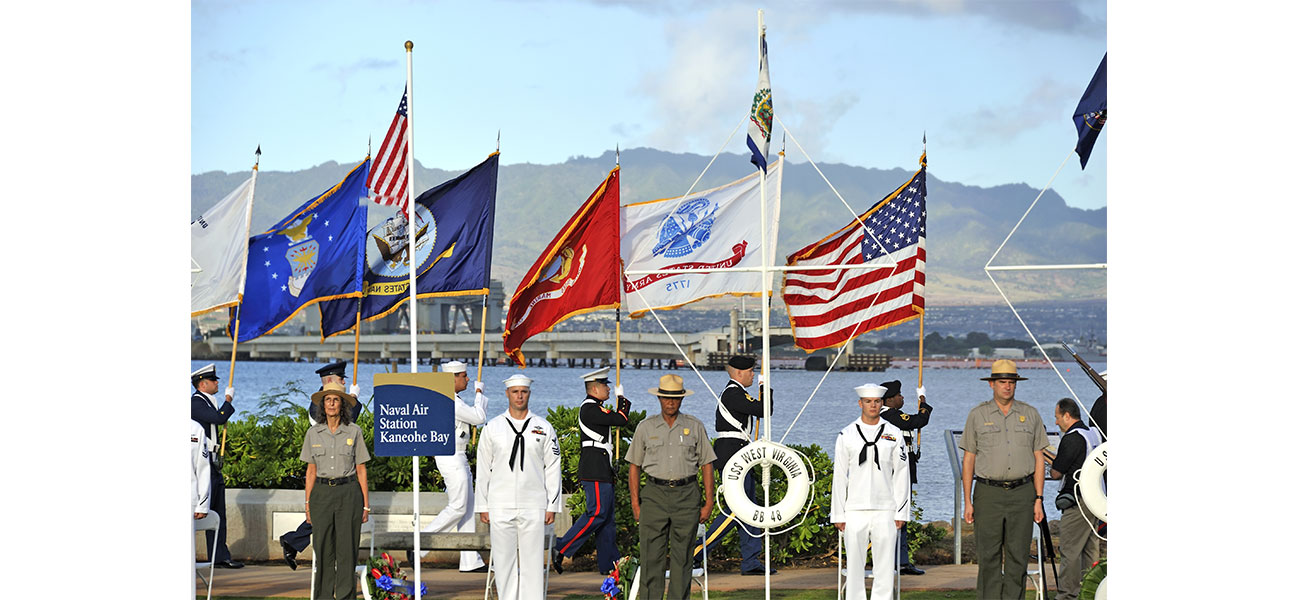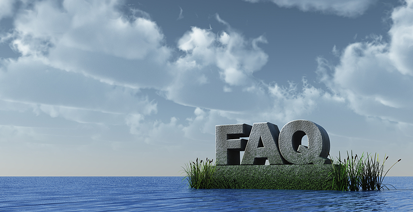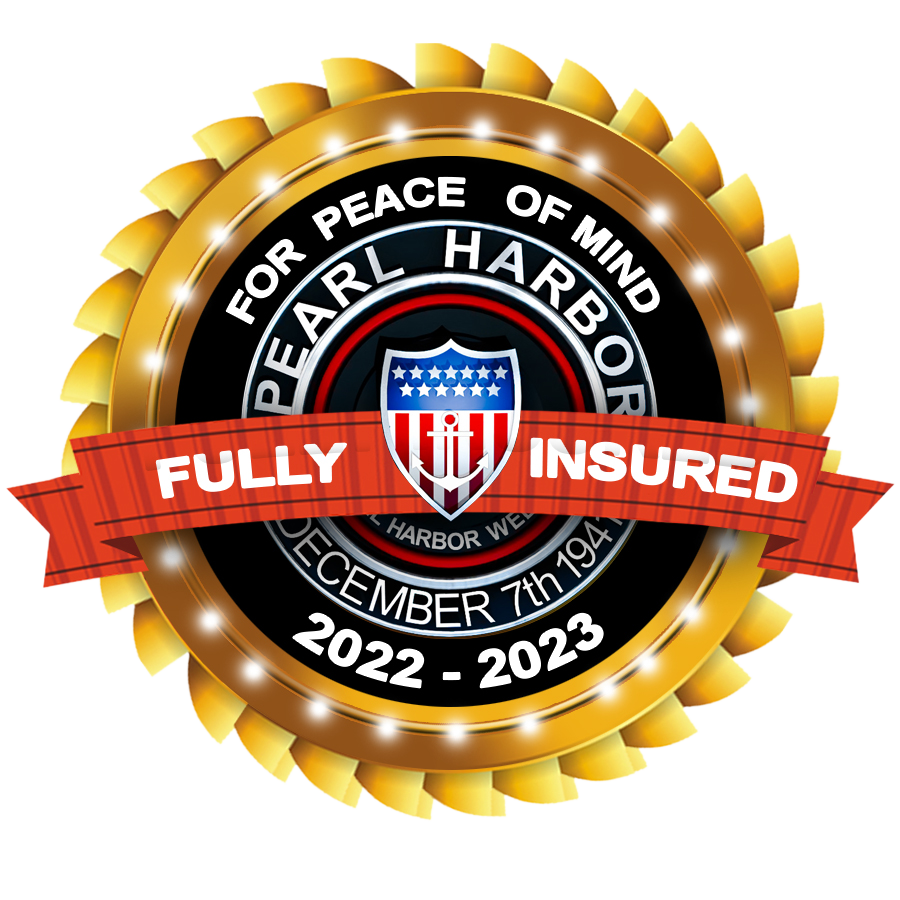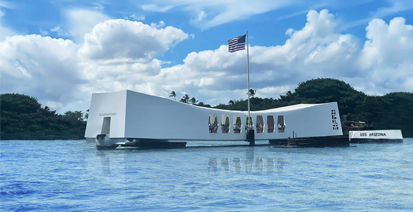Pearl Harbor Maps – Attack Maps & Island Maps
Pearl Harbor has two maps: attack maps &Island Maps. Island maps show which places were attacked and island maps are the map of Islands. Pearl Harbor holds a significant place in American history as the site of a devastating surprise attack by the Japanese on December 7, 1941. Understanding the layout of Pearl Harbor and the surrounding areas is crucial for both historical comprehension and for visitors who wish to explore the site today. Various maps, including attack maps and island maps, offer a detailed perspective of the events that unfolded and the geographical context in which they occurred.
The Importance of Pearl Harbor Maps
Maps of Pearl Harbor serve as essential tools for visualizing the attack and understanding the strategic significance of this naval base during World War II. These maps are not only historical records but also guides that help us connect with the past.
Attack Maps illustrate the precise locations targeted by Japanese forces during the assault. These maps show where key battleships like the USS Arizona, USS Oklahoma, and USS West Virginia were stationed. Understanding these positions helps visitors grasp the scale of the attack and the devastation it caused.
Island Maps, on the other hand, provide a broader view of Oahu, the Hawaiian island where Pearl Harbor is located. These maps include the positioning of other military installations on the island, such as Hickam Field and Wheeler Army Airfield, which were also attacked on that fateful day. By studying island maps, one can appreciate the coordinated nature of the assault and the widespread impact it had on American military operations in the Pacific.
Attack Maps: A Closer Look
The attack on Pearl Harbor was meticulously planned by the Japanese military, and the attack maps reflect this strategic precision. These maps highlight the paths taken by the Japanese aircraft as they approached Pearl Harbor, targeting specific battleships, airfields, and other military assets.
The maps often feature markers indicating where bombs and torpedoes hit, showing the locations of the most significant damage. For instance, the USS Arizona, which suffered a direct hit leading to a catastrophic explosion, is prominently marked on these maps, symbolizing the attack’s tragic consequences.
Attack maps also show the timing of the assaults, with waves of planes coming in at different intervals. This layered approach not only caused widespread destruction but also maximized confusion among the American forces, which is evident when studying these maps.
Island Maps: Understanding the Broader Context
While attack maps focus on Pearl Harbor itself, island maps offer a broader view of Oahu and its military significance. These maps provide a sense of scale, showing the relative positions of Pearl Harbor, Honolulu, and other key sites on the island.
Island maps are particularly useful for visitors planning their trip to Pearl Harbor, as they detail the locations of various memorials and museums that have been established to honor the events of December 7, 1941. The USS Arizona Memorial, the Battleship Missouri, and the Pacific Aviation Museum are some of the prominent landmarks marked on these maps.
Pearl Harbor maps, both historical and modern, are indispensable tools for understanding one of the most pivotal moments in American history. Whether you’re a history buff looking to delve into the details of the attack or a visitor planning your trip, these maps offer a wealth of information that enriches our understanding of Pearl Harbor. By studying these maps, we gain a deeper appreciation of the events that unfolded on December 7, 1941, and the lasting impact they had on the course of World War II and American history.
